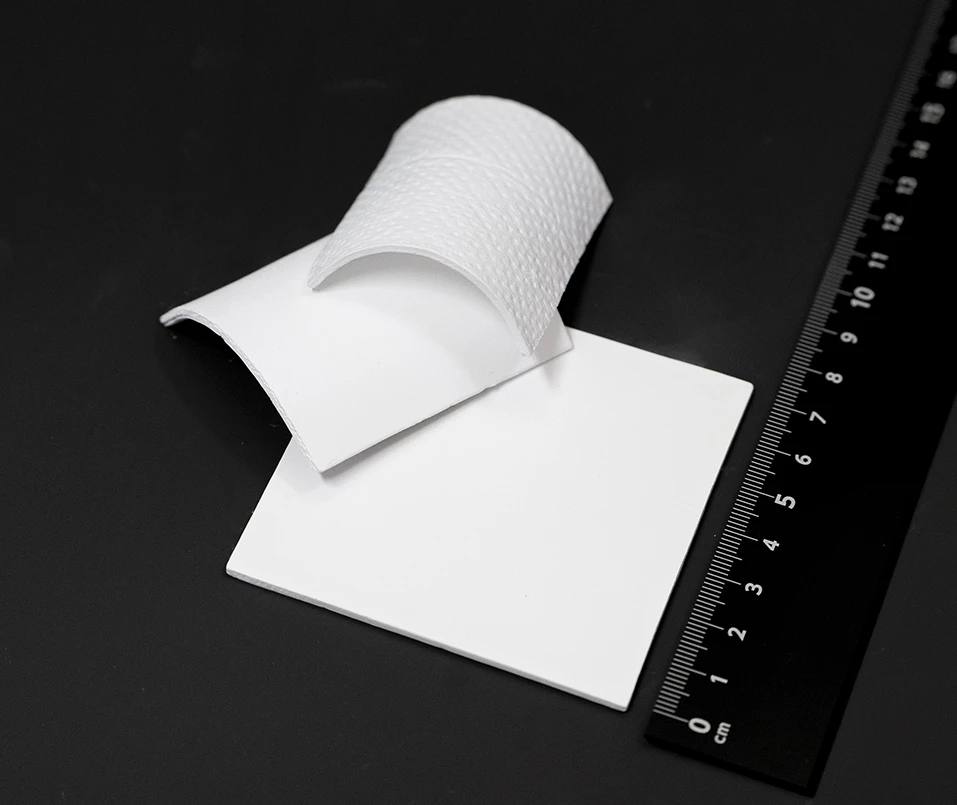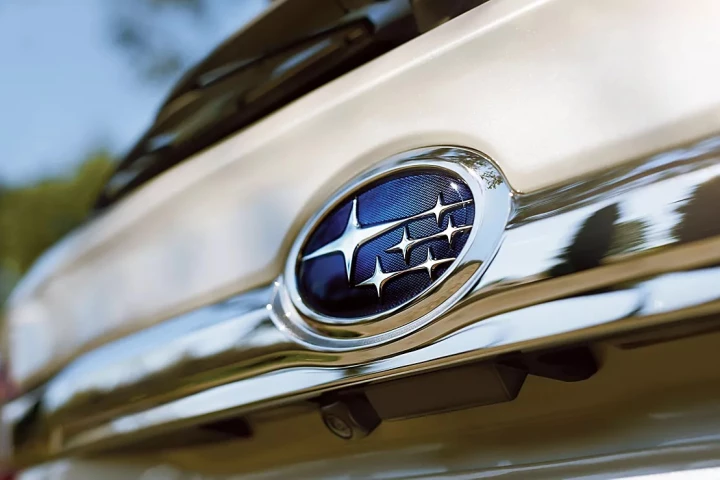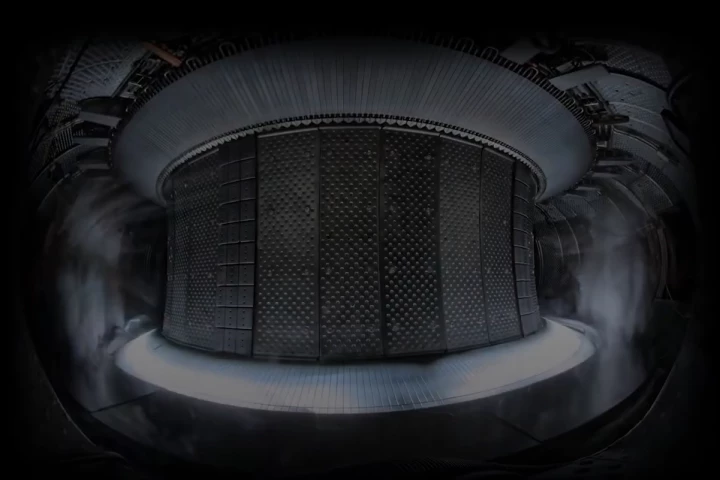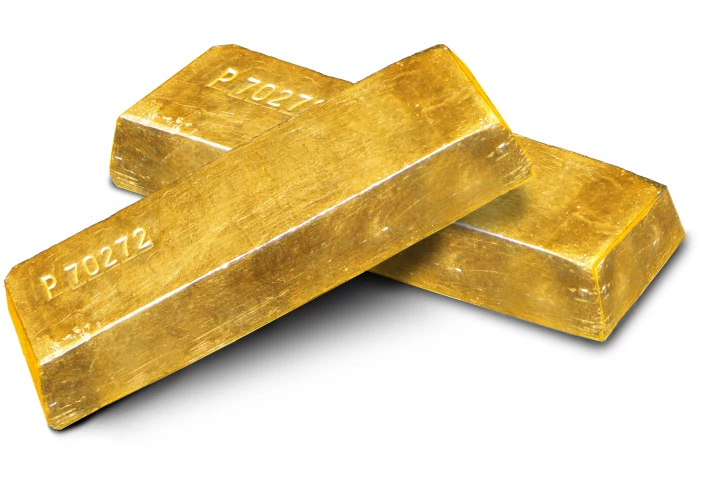Scientists in Hong Kong have demonstrated a new ultra-white ceramic material that can drastically cool buildings by reflecting sunlight and heat at record highs. The beetle-inspired material gets its ability from its nanostructure, stays tough to the elements and should be relatively easy to scale up for production.
When our homes get too hot, the first solution for many people is to crank the air conditioning. It may be effective, but it’s not very energy efficient, as heating and cooling buildings accounts for a huge percentage of energy costs. So, scientists are investigating ways to passively manage interior temperatures, and one of the simplest is to just paint buildings and rooftops white.
Basic physics dictates that lighter colors absorb less light than darker ones, and therefore remain cooler. In recent years new ultra-white paints have been developed that reflect over 95% of the sunlight that hits them, doing a decent job of cooling buildings. But these coatings have their issues, including durability.
For the new study, scientists at City University of Hong Kong (CityU) developed a new cooling ceramic material that performs better than others. Rather than just being a very white paint, the material gets its high reflectivity from its nanostructure, which efficiently scatters almost the entire spectrum of sunlight – just like the Cyphochilus beetle which inspired it. This results in a solar reflectivity of 99.6%, which is a record high, along with an infrared thermal emission of 96.5%.

The material is made of alumina, which not only reduces solar absorption, but the team says it makes the cooling ceramic more durable in the face of weather. It resists degradation from UV light exposure, which is a weakness of other passive cooling materials and coatings, and boosts the rate of water evaporation from the surface, which adds the bonus effect of evaporative cooling. It even boasts fire resistance by withstanding temperatures of over 1,000 °C (1,832 °F).
““The beauty of the cooling ceramic is that it fulfills the requirements for both high-performance PRC and applications in real-life settings,” said Professor Edwin Tso Chi-yan, co-corresponding author of the study. “Our experiment found that applying the cooling ceramic on a house roof can achieve more than 20% electricity [reduction] for space cooling, which confirms the great potential of cooling ceramic in reducing people’s reliance on traditional active cooling strategies and provides a sustainable solution for avoiding electricity grid overload, greenhouse gas emissions and urban heat islands.”
Finally, the researchers also say that the material can be easily mass produced, using common materials like alumina and a two-step process of phase inversion and sintering. And if white is too boring for some houses, the material can apparently be produced in other colors and patterns by adding extra layers.
The research was published in the journal Science.
Source: City University of Hong Kong




